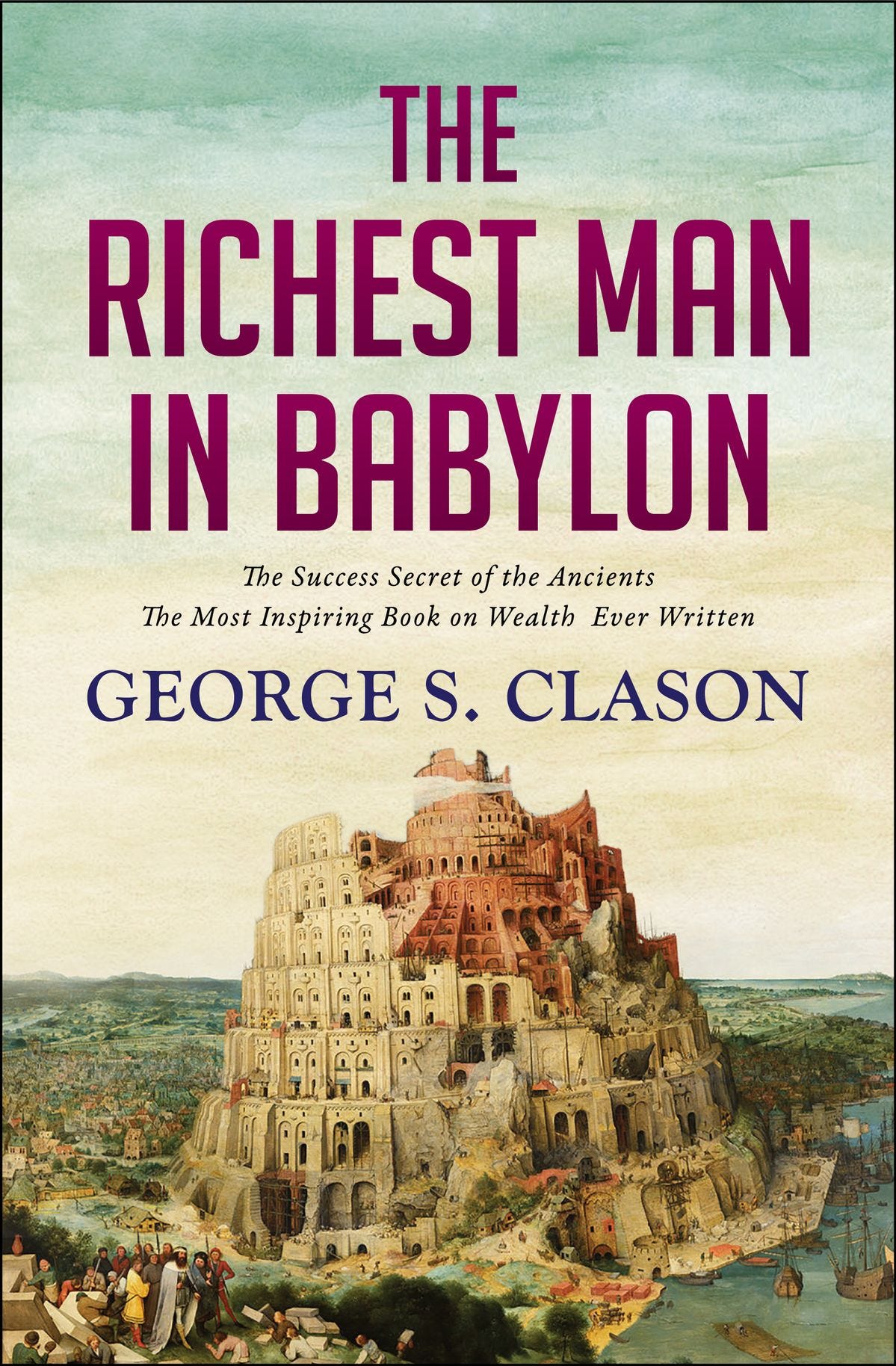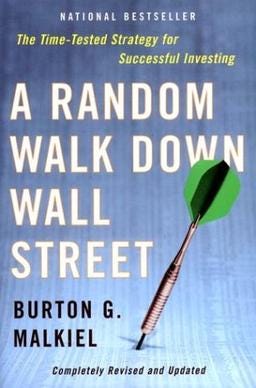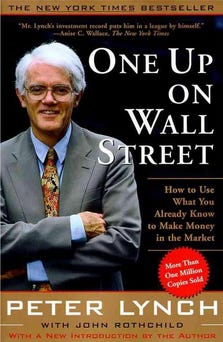The biggest problem for new investors isn’t a lack of info, but information overload.
As someone in his sophomore year of stock picking, I can certainly empathize: Trying to digest the reams of knowledge that have been written on investing is like getting a facial from a fire hydrant.
It doesn’t help that experienced investors love recommending Benjamin Graham’s The Intelligent Investor or Security Analysis as introductory reads.
The only problem? Those two tomes are about as fun for beginners to read as wiping with sandpaper.
I’m not even joking. Here’s a quote from the first chapter:
“What we have just said indicates that there may no longer be such a thing as a simon-pure investment policy comprising representative common stocks—in the sense that one can always wait to buy them at a price that involves no risk of a market or “quotational” loss large enough to be disquieting.”
If that makes sense to you, you’ve probably been investing long enough to be considered mildly deranged.
Thankfully, you don’t have to read Ben Graham’s bible to start building your portfolio. Here are five simpler books that you can read in sequence.
I’ve also provided some concrete actions that you can take at each stage to get prepped.
—
Book 1: The Richest Man in Babylon
Welcome to Book 1. There’s no stock picking or portfolio building just yet — getting your foundations sorted out is arguably more important.
Before you enter the stock market, you need to get your finances in hand and your head screwed on straight. This book will do the job — It’s a rock-solid guide to personal finance, delivered as an easy to read parable.
The story’s not that entertaining, but the wisdom more than makes up for it.
Action to Take
Use a free budgeting app to figure out your savings rate. Only invest with money that you can afford to lose.
Book 2: A Random Walk Down Wall Street
Before you get into investing, you have to understand that there are two broad schools of thought, both with completely different perspectives on how investing works.
Book 2 is a introduction to the first of these schools: Those who believe in the efficient market theory.
In layman’s terms, these guys think that it’s too difficult for most people (even Wall Street experts) to beat the market over the long run by picking individual stocks. Instead, most investors should engage in Boglehead investing, or passive investing. This means investing your money in low-cost, passively managed index funds.
Action To Take
Visit the Bogleheads Wiki to learn more about passive investing. Learn how to use a broker to create a portfolio of ETFs. Profit over the long run.
Book 3: One Up On Wall Street
If you’re still here, it means that the previous theory didn’t jive with you. Maybe it sounded boring. Maybe you think you’re a smart cookie, or have a lot of time on your hands. Maybe you’re just a glutton for punishment.
The second investing camp doesn’t believe in the efficient market theory. Instead, they believe that markets are irrational, and misprice certain stocks. A savvy investor can thus stand to make a lot of money by doing better than the market’s average returns.
If that sounds interesting to you: Welcome to active investing.
This is the faction of legendary investors like Warren Buffett and Peter Lynch, the author of Book 3.
It’s intellectually stimulating, dopamine-inducing, and will teach you how businesses really works. It’s also hard as hell. You’ll need to treat it like a craft, or at least like a hobby that you’re passionate about.
Just like in martial arts or cooking, there are lots of different ‘schools’ of active investing and lots of ‘beginner guides’ to getting started. Peter Lynch’s classic provides the best balance of detail and beginner-friendliness.
Action to Take
Get onto the website of your favorite consumer brand (like Coca-Cola). Find their investor relation page and latest annual report. Try reading the damn thing.
If you don’t find yourself falling asleep or suffering from an anxiety attack, you may actually be cut out for stock picking.
Book 4: The Dhando Investor
At this point, I’m assuming that you’re at least vaguely interested in learning more about active investing.
One of the most famous schools of active investing is known as value investing. This is the method taught to Warren Buffett by his mentor Benjamin Graham. Needless to say, it made the Oracle of Omaha famous and very, very rich.
Unfortunately, Mr Buffett’s knowledge is spread out across multiple sources, from annual reports to books by friends and relatives.
Instead of trawling through all of them, I recommend reading this book instead. Mohnish Pabrai is a super investor and self-confessed disciple of Warren Buffett, who has distilled core value investing principles into an easy-to-read manual.
Action to Take
A big part of investing is being able to withstand volatility (i.e.how violently a stock’s price moves up and down, relative to the market on average).
If you invested $5000 and the stock dropped to half its price, you would have lost $2500. Are you really okay with that?
This test will help you to start thinking about your ability to tolerate risk, although it’s no substitute for watching your favourite stock drop 20% over 2 minutes.
Book 5: The Most Important Thing
Many active investors tend to focus their energies outwards, analyzing business metrics like efficiency ratios, discounted cash flow calculations and levered beta.
Those things are certainly important. But what’s equally important is to turn one’s focus inward, understand one’s own psychology, and build the foundations of an investing philosophy.
Book 5 covers these foundations, alongside wisdom about the market, and risk management. Chapter 14 in particular is a valuable way to inoculate the beginner against overconfidence and rashness.
Action to Take
You are not an investing robot or a mind in a jar. Your investment decisions are deeply affected by your psychology and biases.
Before diving into the market, you may want to take the Big 5 Personality Test. Personality traits like neuroticism, conscientiousness and agreeableness will affect both the stocks you pick, and how well you can hold onto them.
—
There’s a whole lot more to learn about investing, but these books should be enough to get you started.
Here’s to gains in both your knowledge and net worth this year, and all the years ahead.










I really enjoyed “what I learned about investing from Darwin”
What are your thoughts on Richer Wiser Happier?